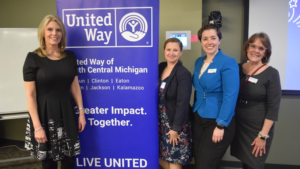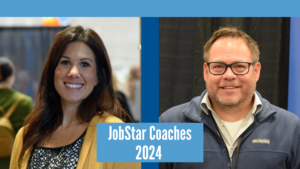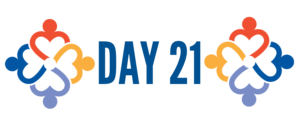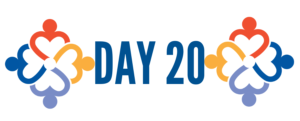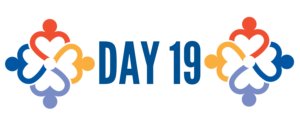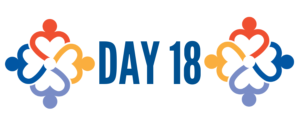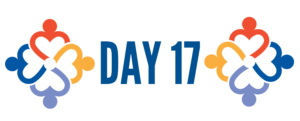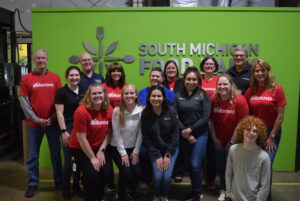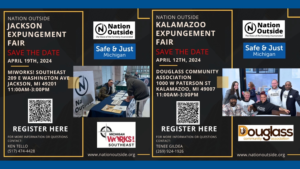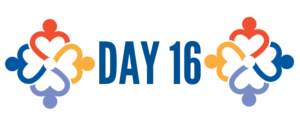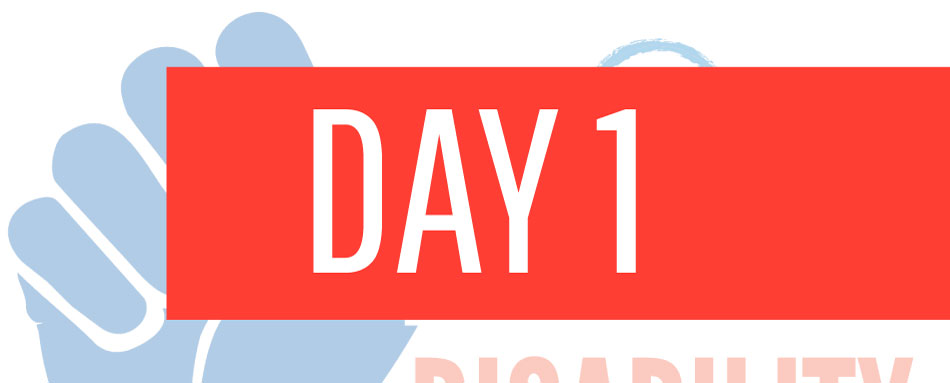
We all know something about disability. Whether you are a person with a disability, know someone with a disability, or have simply seen people with disabilities, we probably all have an idea what we think it means to have a disability. During this month, we invite you to learn more about disability – not from a position of pity, but from a position of equality and pride. People with disabilities make up the largest marginalized group in the United States. The fight for disability equity and inclusion is real.
The Center for Disease Control reports that 61 million adults in the United States have a disability; this represents 26%, or roughly one quarter, of the adult population. That may sound like a high number but consider that approximately 80% of all disabilities are non-apparent. This means that you wouldn’t know by looking at a person that they have a disability. It’s highly likely that you know a lot of people with disabilities – you just might not know that you do.
Disability is a natural part of the human condition; it’s a human characteristic like any other we may have. Having a disability is not a “bad thing” – it’s just a thing – like having blue eyes or curly hair. Unfortunately, our society has stigmatized disability and created a perception that people with disabilities are “less than” non-disabled people.
Like many marginalized groups, the disability community has a rich history of fighting for their right to equality. Most people don’t realize that disability rights were part of the civil rights movement. People with disabilities were demanding their civil rights at the same time people of color and women were fighting for theirs. A phrase used then and still today, is, “same struggle, different difference.” Sadly, when the Civil Rights Act was passed in 1964, it did not include people with disabilities. The disability community had to fight on until July 1990 to get their civil rights acknowledged with the passing of the Americans with Disabilities Act. And like all marginalized groups, the fight for equality continues today.
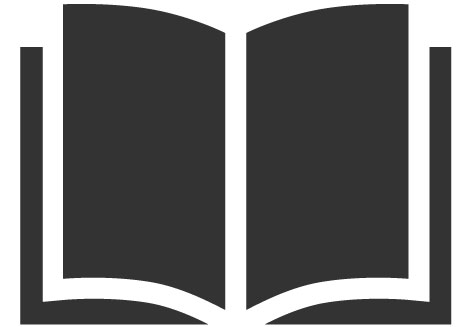
Read
- Center for Disease Control: Disability & Health Overview https://www.cdc.gov/ncbddd/disabilityandhealth/disability.html
- Disability History: The Disability Rights Movement https://www.nps.gov/articles/disabilityhistoryrightsmovement.htm

Watch
- Rooted in Rights: What are Disabilities (1:32)
https://www.youtube.com/watch?v=3F4Hp0N_A1Q
- TEDx: Our fight for disability rights – and why we’re not done yet ( 17:01)
https://www.ted.com/talks/judith_heumann_our_fight_for_disability_rights_and_why_we_re_not_done_yet?language=en
- CRIP CAMP: A Disability Revolution – trailer (2:40)
https://www.youtube.com/watch?v=XRrIs22plz0
- The Great Fight for Disability Rights – trailer (1:48)
https://www.youtube.com/watch?v=LG2KryP89Eo
Discussion
- When you think of disability, what comes to your mind?
- When you learned about the civil rights movement, did you learn about people with disabilities and their fight for equal rights? How do you feel about schools including (or not including) this in the curriculum?
- What have you learned about disability in your lifetime? Was that information from people with or without disabilities?
Image/Infographic:
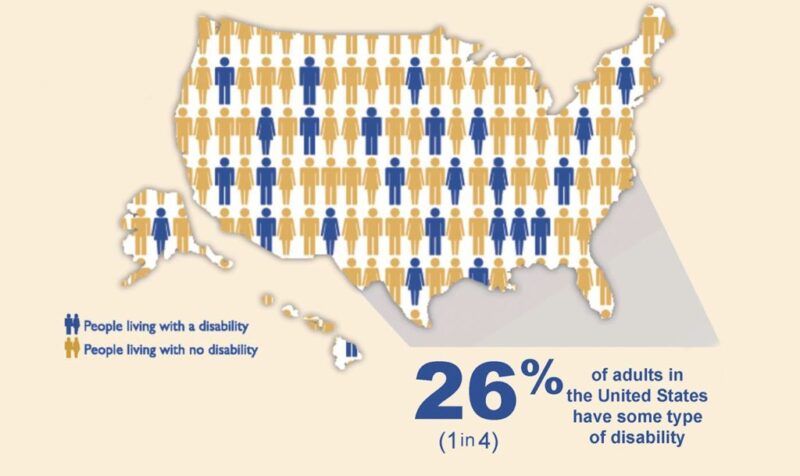
[Image description: outline of United States filled with human icons colored to represent the stated statistic of “26% (1 in 4) of adults in the United States have some type of disability.”]

